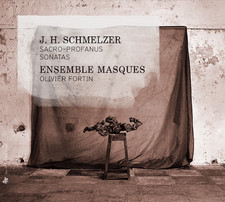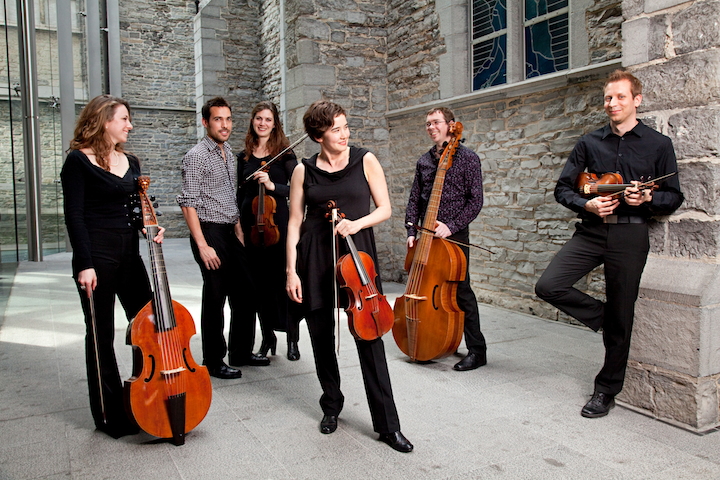We post-postmoderns are so concerned with categories and classifications that it’s hard to figure out what to do when all the lines are blurred — no more so than in music. So what do you do with art music that includes fart jokes?
- Classical Music 101: What Does A Conductor Do? - June 17, 2019
- Classical Music 101 | What Does Period Instrument Mean? - May 6, 2019
- CLASSICAL MUSIC 101 | What Does It Mean To Be In Tune? - April 23, 2019
The third track on the latest album by Montreal-based period-instrument Ensemble Masques, founded and led by keyboardist Olivier Fortin, is not just an aural delight from beginning to end, the music of Johann Heinrich Schmelzer (c1620-1680) provides rich rewards for the analytical listener as well.
 And then there are the bursts of belly-rocking laughter, such as in Al giorno delle Corregie, a musical depiction of the day when people were meant to feast on beans — with predictable results.
And then there are the bursts of belly-rocking laughter, such as in Al giorno delle Corregie, a musical depiction of the day when people were meant to feast on beans — with predictable results.
On my first listen, as I laughed at the bassoon outbursts in the middle of all the lovely string work, I noticed that even my dog, used to any and all kinds of music happening live or recorded around him, was staring quizzically at the speakers every time the deep double-reed instrument added a pungent blast.
Schmelzer, who spent his adult life in the Austrian court (and felled by the plague soon after being named Emperor Leopold I’s top musician), represents one of the early authentically German voices in early Baroque music. He was a brilliant violinist, so much of what he wrote features exhilarating passages for that instrument.
Ensemble Masques has pulled together a compelling survey of Schmelzer’s writing for small ensembles, including a ballet score, the farty feast, a depiction of Polish bagpipes (with a marked drone), a touching instrumental lament on the death of Leopold’s predecessor, Emperor Ferdinand III and, the centrepiece of the album, a collection of sonatas suitable for performance both inside and outside a sacred setting.
It’s interesting how it has taken us 300 years to get back to the place where people feel comfortable mixing sacred and profane, just as it seems to have been the case in the dying embers of the vestigial Holy Roman Empire.
Fortin, working from either the portatif organ or harpsichord, leads beautifully shaped, colourfully engaging interpretations that remind us how the dancefloor was never far away from people’s consciousness, even when sitting inside a church.
The quality of the pieces and their interpretations make this a must-have album for anyone who loves or would like an introduction to early baroque music — fart jokes and all.
You’ll find more details about this album here.
John Terauds
- Classical Music 101: What Does A Conductor Do? - June 17, 2019
- Classical Music 101 | What Does Period Instrument Mean? - May 6, 2019
- CLASSICAL MUSIC 101 | What Does It Mean To Be In Tune? - April 23, 2019




